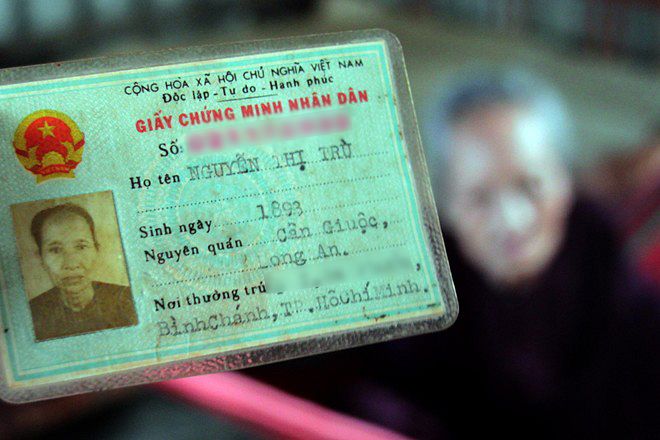Pro tip: to solve life problems, avoid calling them by name and they will somehow disappear.
Saigon welcomed the rainy season with a full weekend of downpours last week when most of the city was submerged for hours. However, if you thought your neighborhood street was “flooded,” you were sorely mistaken – or at least that’s what the city’s anti-flood agency would like you to think.
In a weekly meeting on May 22, the Steering Center of the Urban Flood Control Program Ho Chi Minh City (SCFC) presented its report on the flooding. The agency is part of the city’s Department of Transport.
According to Tuoi Tre, the report pointed out that – despite the rampant flooding – only 10 spots in Saigon were truly “flooded,” the rest just experienced “water accumulation,” or tụ nước in Vietnamese. Even with the new definition, it only listed 22 streets in the city as suffering from “water accumulation,” which is a rather optimistic estimation.
The newspaper pointed out that many major thoroughfares were severely waterlogged – with photographic evidence to prove it – but weren’t listed in the roundup. A few notable examples include Ho Hoc Lam Street in Binh Tan District (photographed above), whose flood was only considered to be an example of “water accumulation.” Sinco Street in Binh Tan and Xo Viet Nghe-Tinh Street in Binh Thanh District were also flooded until 9pm-10pm but didn’t make the cut in the report.
Do Tan Long, a representative from the anti-flood center, told Tuoi Tre that the report used the Ministry of Construction’s criteria when determining whether a street is “flooded” or experiencing an “accumulation of water.” By the standard, if a spot still has a water level of 0.1 meters or above 30 minutes after the rain stops, it’s considered flooding. Otherwise, it’s just an accumulation of water.
The final result of a street’s degree of inundation is also an average of many readings across its length, Long added.
The bizarre report has been the butt of jokes online for its convoluted definition of flooding. Many netizens were confused as “flooding,” by definition, is an accumulation of water. Does it matter whether a street has “flooding” or “water accumulation” when the inconvenience to local life is the same?
This is not the first time a government agency has used technical jargons to bewilder the public. Most recently, the Civil Aviation Authority of Vietnam (CAAV) drew criticism for its decision to retire the terms “delay” and “cancellation,” Tuoi Tre reports in a separate article.
From the second quarter of 2017, CAAV has forgone mentions of delays and cancellations in its reports. Instead, flights are either “on time” or “not on time.” According to a representative from the aviation authority, similar authorities in other countries no longer use terms like “flight delays” and “flight cancellation,” but instead opting for on-time performance ratios (OTP) to assess airlines.
The terminology change received mix response from involved parties. Vietnam Airlines is happy with the new standards and now informs passengers that their flight will “depart later than [scheduled] due to late arrival of aircraft” instead of “be delayed.” A spokesperson from the carrier told the newspaper that the new expression will give passengers a less negative impression of the airline.
Aviation Specialist Nguyen Thien Tong, on the other hand, didn’t share the sentiment and suggested that CAAV return to the old terms as the new jargons only “[illustrate] unprofessionalism and dishonesty.”
“The new term is only meant to make the poor performance of airlines sound less serious to passengers,” he said.
Last but not least, who can forget that in 2015, Department of Transport Director Bui Xuan Cuong announced that there are no traffic jams in Saigon. In a now-infamous statement, Cuong said that what people consider “traffic jams” are just “heavy traffic” because commuters can still move, albeit at a slower pace, while a traffic jam means “a 30-minute period where vehicles are at a complete standstill and unable to move at all during that period of time.”
[Photo via Tuoi Tre]














